Purine is an organic compound and a heteroaromatic with four nitrogen atoms, becomes the finished purine core through five additional carbon atoms and forms the basic body of the entire group of purines. The latter are important building blocks of nucleic acids and at the same time store the genetic information.
Purines are present in all cells, are ingested with food, but are also formed by the body itself, mainly when the body cells break down. Animal foods in particular contain a lot of purine, e.g. in fish and meat, especially in the skin and offal. So far, free purine has not been discovered in nature.
What is purine?
The name of the purines is derived from Latin. "Purus" stands for purity and "acidum uricum" is uric acid. Purines are the basic structure of uric acid. They were first synthesized at the end of the 19th century by the chemist Emil Fischer, who is also the founder of organic chemistry and who received the Nobel Prize in Chemistry for his work in 1902.
Purines have a heterocyclic aromatic ring structure made up of six atoms. They are the basic molecular building blocks of the DNA bases guanine and adenine. These are derived from purine from hydrogen atoms and therefore also belong to the purine bases. If these bases are linked to the C-1 atom of ribose, the nucleosides guanosine and adenosine are formed. An exothermic reaction with phosphate then creates nucleotides. These are the building blocks of many physiological molecules.
Purine nucleotides are not only energy suppliers, but also building blocks of co-enzymes such as NAD, FAD or NADP. At the same time they are the signal transmitters and the intermediate products of synthetic pathways and metabolic processes. They form a network and are synthesized under different conditions. This doesn't happen as free molecules, but as nucleotides. On the other hand, they are broken down into uric acid. Purines also bind to receptors in the cell membrane.
Function, effect & tasks
The human organism produces purine itself, but does not excrete it directly. In a multi-stage process, purine is primarily broken down into uric acid.
Both the uric acid itself and all intermediate products are then captured in the kidney and excreted there. Initially, the entire purine core forms. More precisely, the carrier molecule ribose-5-phosphate is phosphorylated and thus activated. This is done by splitting off the pyrophosphate in order to provide energy for the next steps. In addition to the synthesis to the purine base, purine is also used for the biosynthesis of the NAD and for purine recycling.
Once the pyrophosphate has been split off, glutamine is transferred to the phosphoribose residue. PRA arises and is catalyzed by amidophosphoribosyl transferase. This enzyme regulates the substrate flow in the metabolism. After this reaction, the second of the four nitrogen atoms is incorporated. The third is provided by glutamine and used by phosphoribosylformylglycine amidine synthase. After dehydration, AIR, i.e. 5-aminoimidazole ribonucleotide, is formed. This is carboxylated to CAIR.
The aspartate cycle that starts then builds the fourth nitrogen atom into the purine nucleus, condensation with aspartate occurs and fumarate is split off. The reaction is catalyzed by the phosphoribosylaminoimidazole carboxamide formyltransferase by a formyl radical. The pyrimidine ring is closed with elimination of water. The purine core is complete.
Education, occurrence, properties & optimal values
In medicine, purine derivatives are drugs that are used as antimetabolites and z. B. to suppress azathioprine in the immune system. The biosynthesis with purine can be inhibited as a blockade of the folate metabolism, e.g. B. with methotrexate.
This leads to a deficiency in the DNA building blocks and prevents cells from multiplying, especially in tissues that tend to proliferate. This in turn is used to treat tumor cells in cancer therapy and autoimmune diseases. Allopurinol is used against gout and prevents the purine from being broken down into uric acid. Purine-n-oxides, in turn, are carcinogenic.
Diseases & Disorders
Since purines are broken down by the organism as uric acid, disturbances can occur if the body can no longer cope with this process properly, the breakdown is reduced and the uric acid is not sufficiently excreted. Then uric acid crystals form, which in turn lead to gout.
Due to diet in particular, the incidence of gout has increased over time. It used to be one of the symptoms of illness that only occurred in higher social classes. Half of purines are made by the body and half are taken in through food. The consequence of gout attacks is then a disorder of the kidney function, which in turn can lead to painful kidney stones.
Gout is treated with medication, but is often accompanied by diet measures and a special diet that is low in purine, i.e. without offal or types of fish such as herring, anchovies or sardines. As soon as the uric acid level rises, the concentration in the blood becomes too high, uric acid crystals form, which are needle-shaped and are deposited in the kidneys, cartilage, tendon sheaths, skin and joints. The deposits cause inflammation.
The uric acid content in men should not exceed 6.5 mg / dl, in women it should be a little lower. High levels of uric acid in the blood do not always have to lead to gout; genetic predispositions and other complaints are also triggers. One of them is Lesch-Nyhan syndrome. This is a hereditary disease that is based on the disturbed metabolism of the purines and is caused by overstressing the body with uric acid.
It is a rather rare metabolic disorder inherited in a recessive manner on the X chromosome, with a deficiency in hypoxanthine-guanine phosphoribosyltransferase. The lack of this important enzyme in the organism leads to increased urine levels and disorders of the central nervous system.

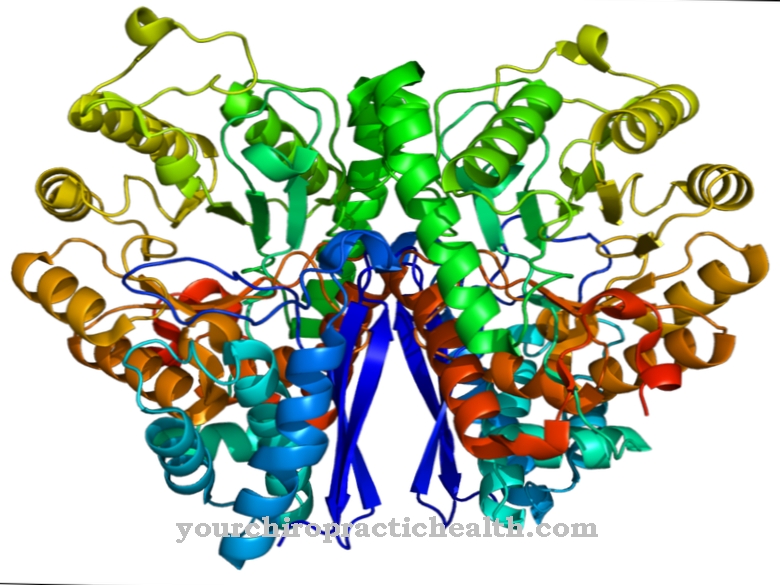
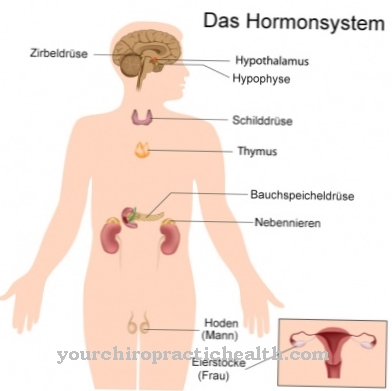

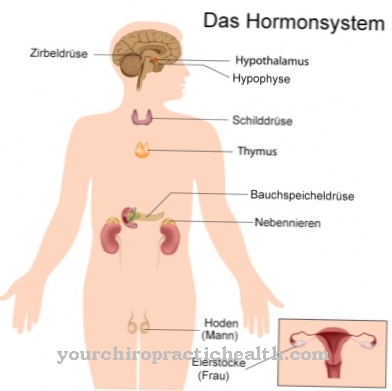
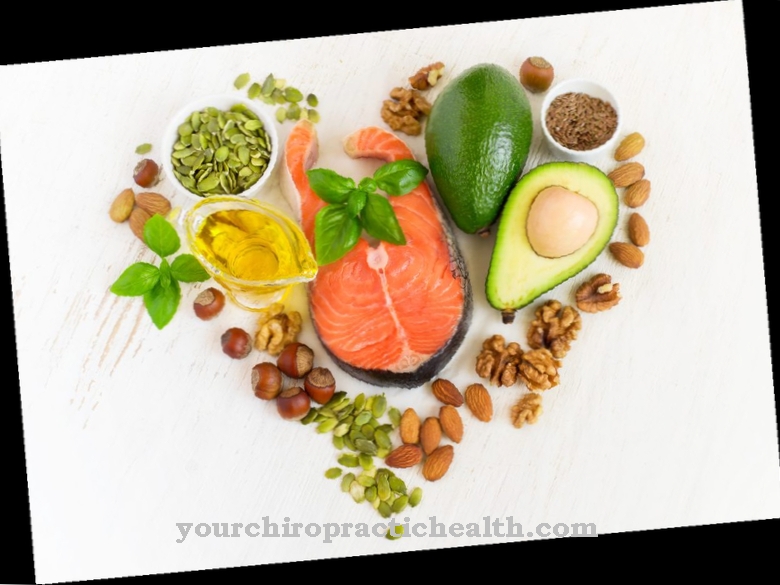
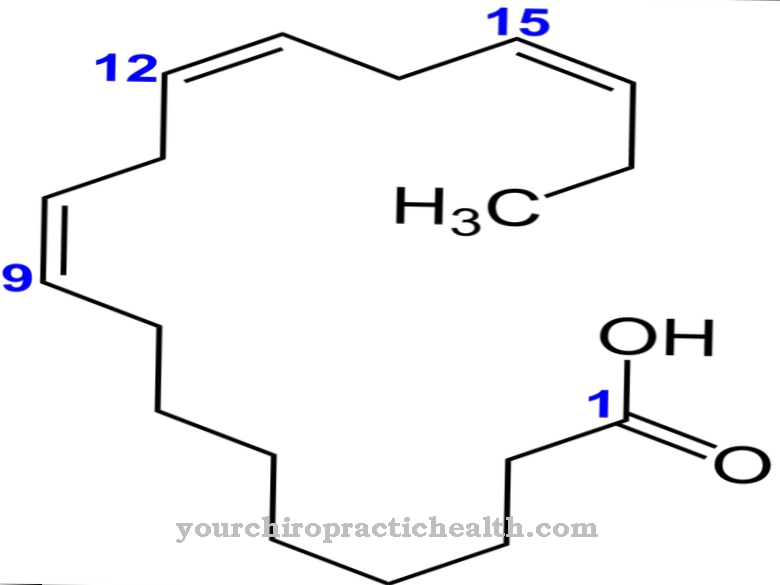






.jpg)

.jpg)
.jpg)











.jpg)